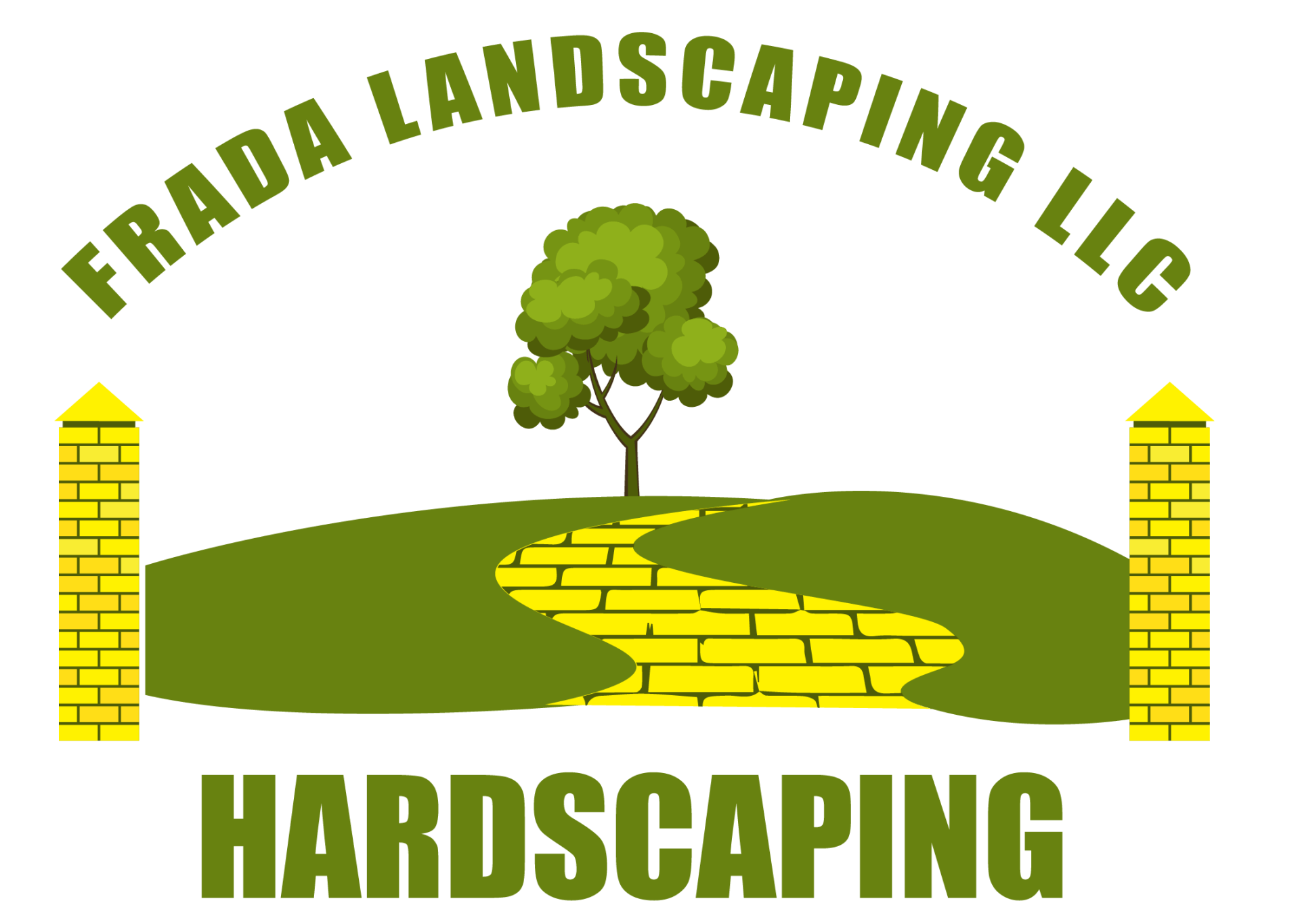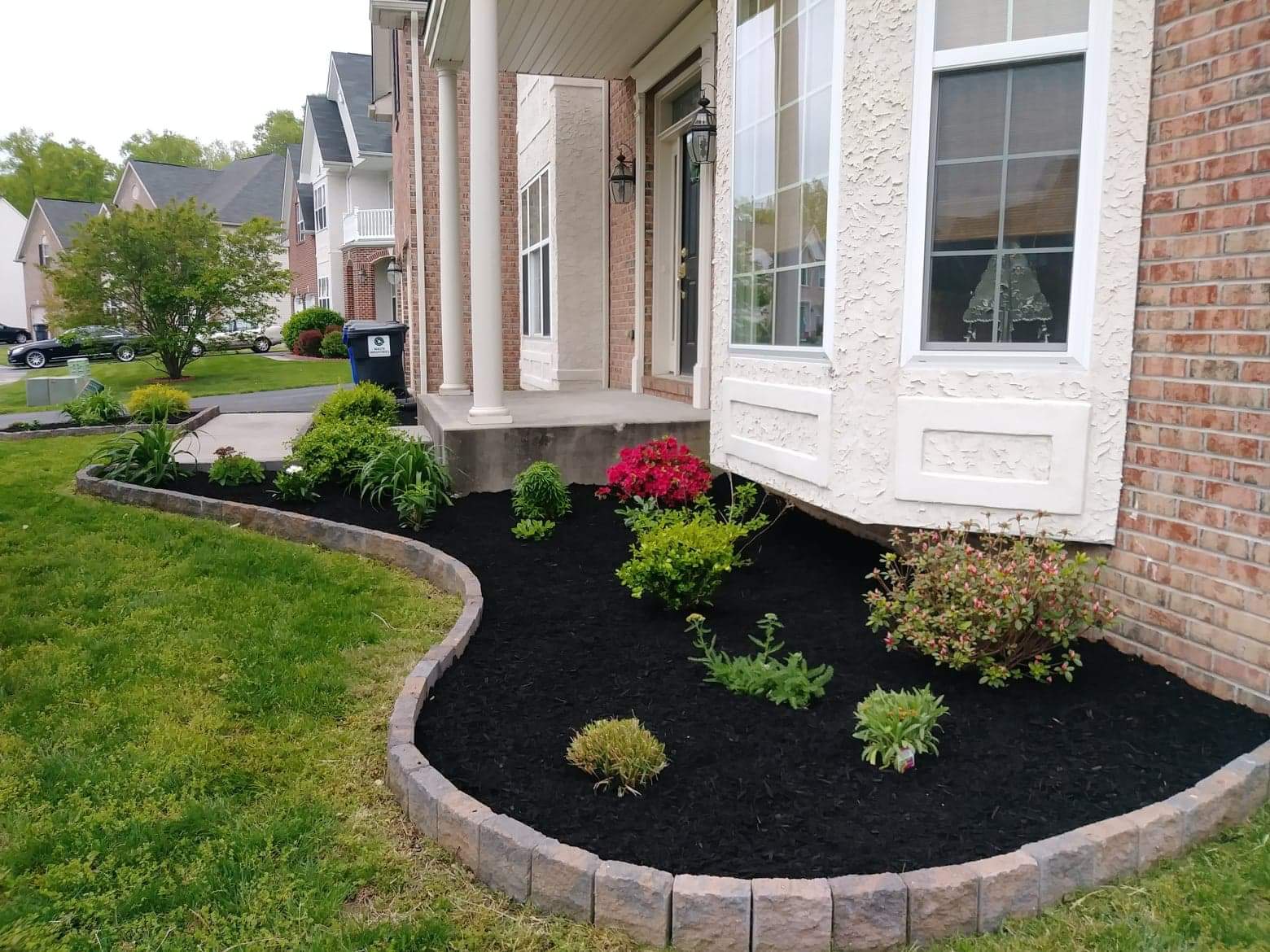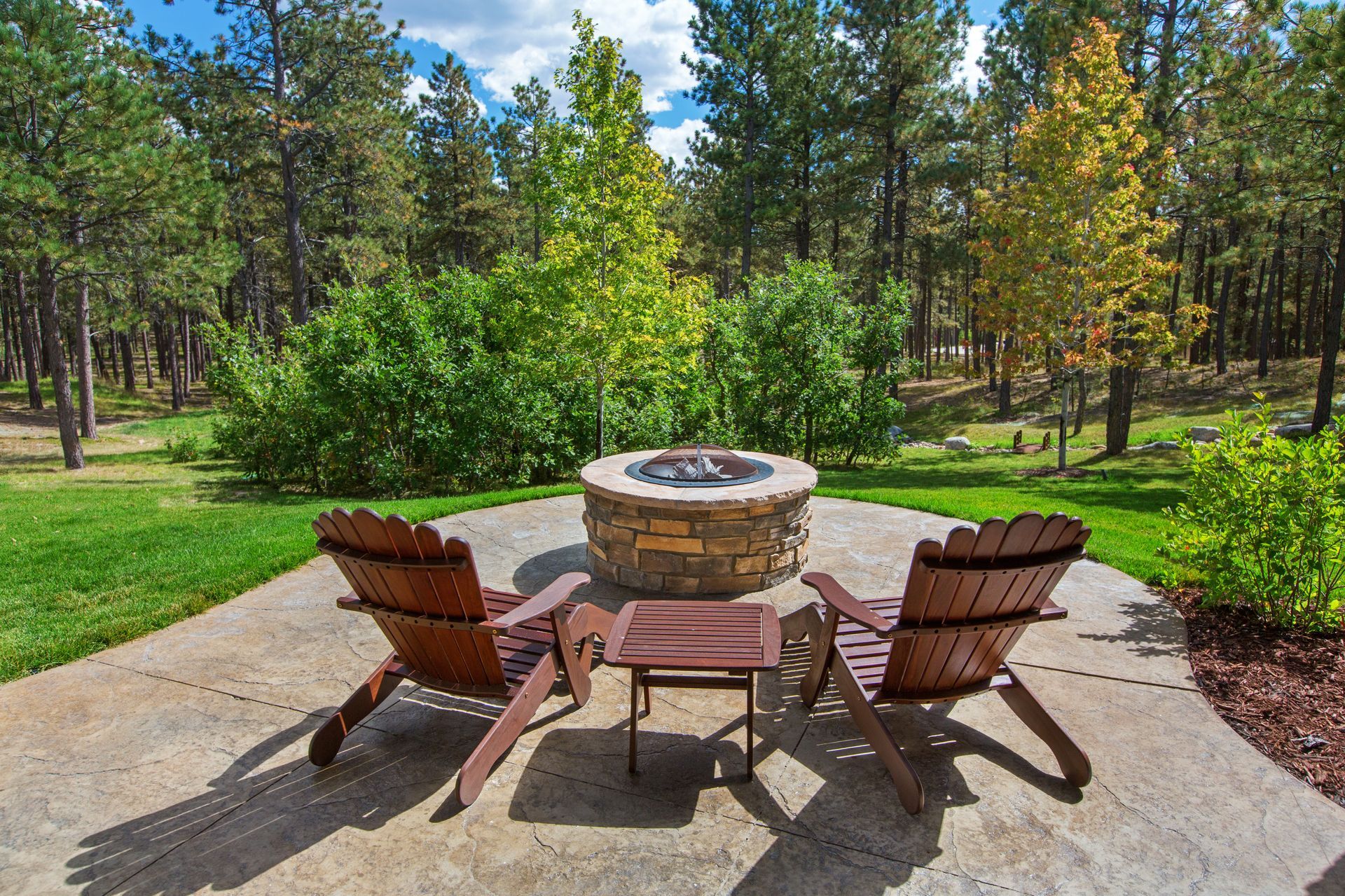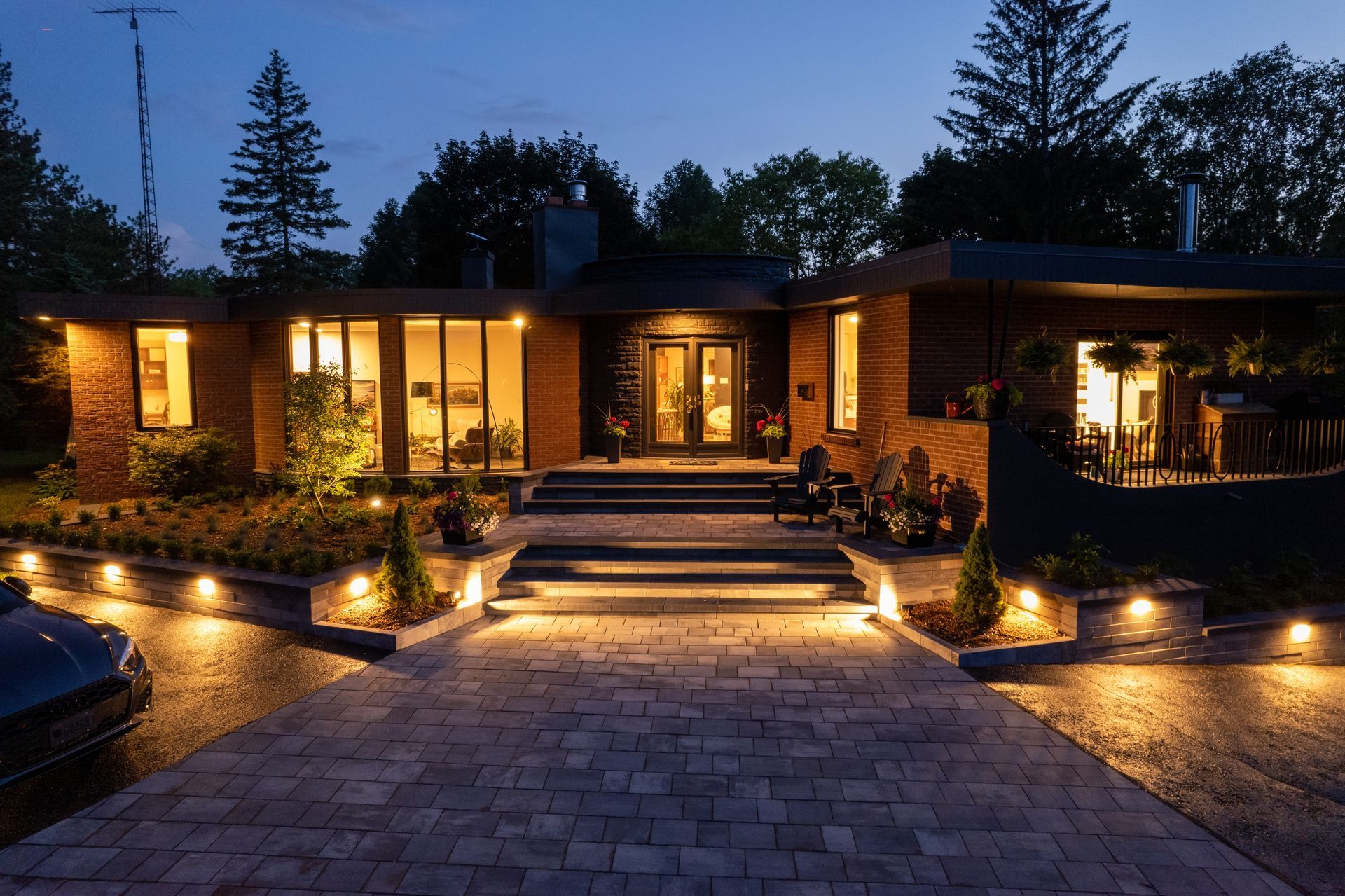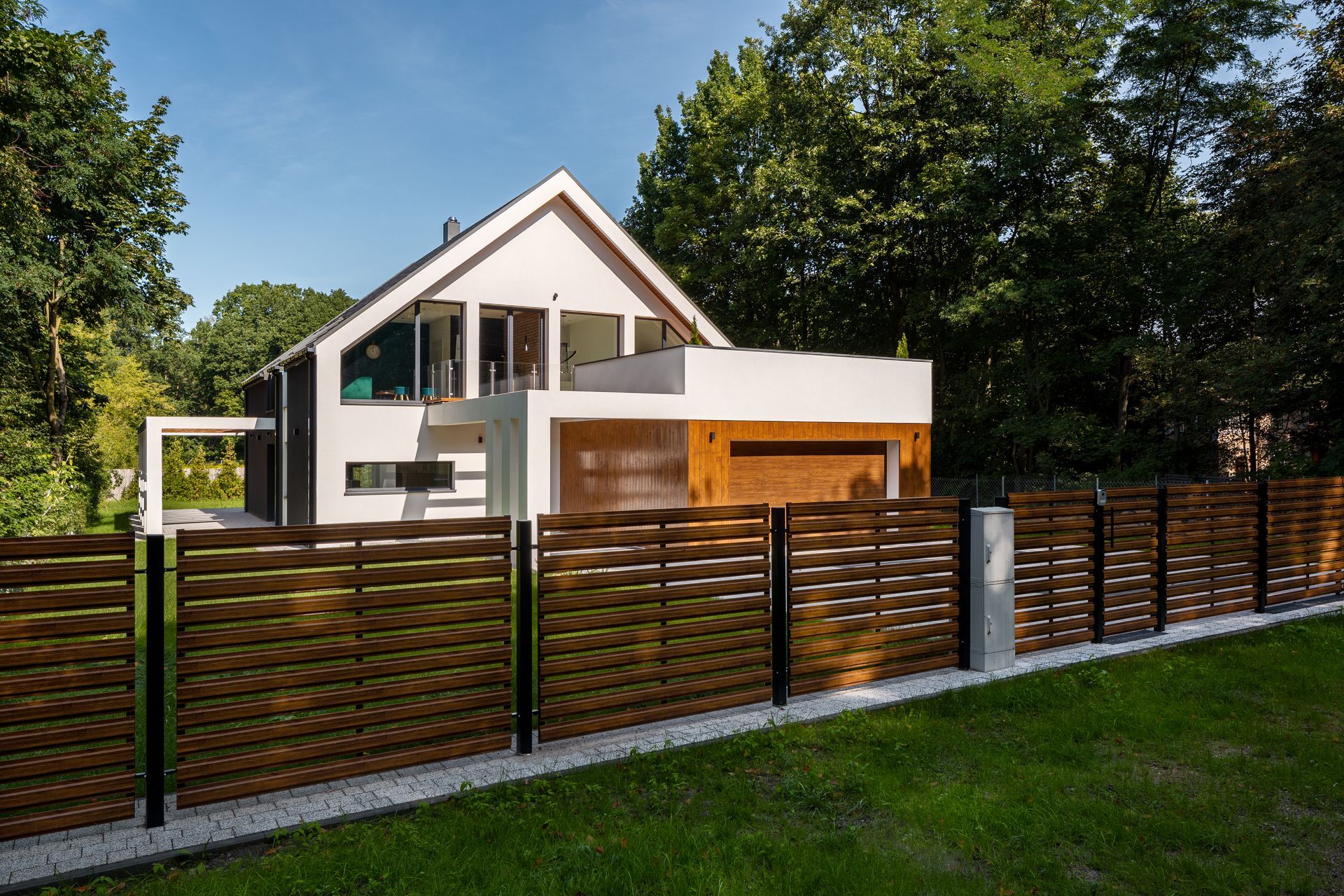EMAIL:
LOCATION:
Newark, DE 19702
Get in touch:
Designing an Exquisite Landscape: Key Principles to Consider
Designing an Exquisite Landscape: Key Principles to Consider
Landscaping design is an art and science that involves creating aesthetically pleasing, functional, and sustainable outdoor spaces. Whether you are designing a garden for your home or commercial space, there are some fundamental principles of landscaping design that you need to know. These principles guide the design process and ensure the resulting landscape is beautiful and functional.
Principle 1: Unity
Unity is a critical principle of landscaping design that refers to the overall coherence and harmony of the landscape. A unified landscape has a consistent theme, style, and visual appeal.
To achieve unity in your landscaping design, consider several factors, including color, texture, form, and scale. For example, you can use plants with similar colors and textures to create a cohesive look in your garden. You can also use repetition of forms and shapes to create visual continuity across the landscape.
Principle 2: Balance
Balance is another crucial principle of landscaping design that refers to the distribution of visual weight across the landscape. A balanced landscape has a sense of equilibrium and stability, and it can be achieved through several techniques, including symmetry, asymmetry, and radial balance.
Symmetrical balance involves creating identical or mirror-image elements on both sides of a central axis. In contrast, asymmetrical balance involves creating different but equally weighted elements on either side of a main point. Radial balance, on the other hand, involves arranging elements around a central point in a circular or spiral pattern.
Principle 3: Proportion
Proportion is a principle of landscaping design that refers to the size and scale of elements in the landscape in relation to each other and the surrounding environment. Proper proportion is essential to creating a balanced and harmonious landscape.
For example, you should not plant tall trees next to a small building, as this would create an awkward and unbalanced look. Instead, you should use plants and other elements that are proportional to the size of the building and the surrounding environment.
Principle 4: Rhythm
Rhythm is a principle of landscaping services that refers to the repetition of elements in the landscape. A rhythmic landscape has a sense of movement and flow, which can be achieved through patterns, colors, textures, and forms.
For example, you can create a rhythmic landscape by repeating the same plant or hardscape element throughout the design or using a pattern of alternating colors or textures.
Principle 5: Focal Point
A focal point is a dominant element in the landscape that draws the eye and creates visual interest. It can be a plant, a hardscape feature, or a combination.
A well-placed focal point can add depth and dimension to the landscape and create a sense of drama and excitement. To create a focal point, you should choose an element that stands out from the surrounding environment and place it in a prominent location in the landscape.
Principle 6: Functionality
Functionality is a principle of landscaping design that refers to the practical and functional aspects of the landscape. A functional landscape meets the needs of its users and serves its intended purpose.
For example, if you are designing a commercial landscape, you must consider accessibility, safety, and maintenance requirements. Meanwhile, when creating a landscape for a residential area, it is crucial to take into account elements like seclusion, recreation, and calmness.
Principle 7: Sustainability
Sustainability is a principle of landscaping design that refers to the environmental and ecological aspects of the landscape. A sustainable landscape is environmentally friendly, conserves resources, and promotes biodiversity.
To create a sustainable landscape, choose plants and materials native to the region, require minimal water and maintenance, and support local wildlife and ecosystems.
Conclusion
Landscaping design is a complex and multifaceted process that requires a deep understanding of design principles. By following these principles, you can create a beautiful, functional, and sustainable landscape.
Whether you are designing a garden for your home or commercial space, it is essential to consider factors such as unity, balance, proportion, rhythm, focal point, functionality, and sustainability. By doing so, you can create a visually appealing and practical landscape that meets its users' needs while preserving the environment.
Frada Landscaping offers
landscaping services that can help you achieve your landscaping goals. Our team of experts has years of experience in landscaping design and installation. Contact us today to learn more about our services and how we can help you transform your outdoor space into a beautiful and functional landscape.
Our Recent Articles
We love what we do
contact us
Get Your Project Started.
Contact Us
We will get back to you as soon as possible.
Please try again later.
Frada Landscaping & Hardscaping services are one of the most well-respected landscapers in New Castle County.
QUICK LINKS
Powered by Mahogany Sites
